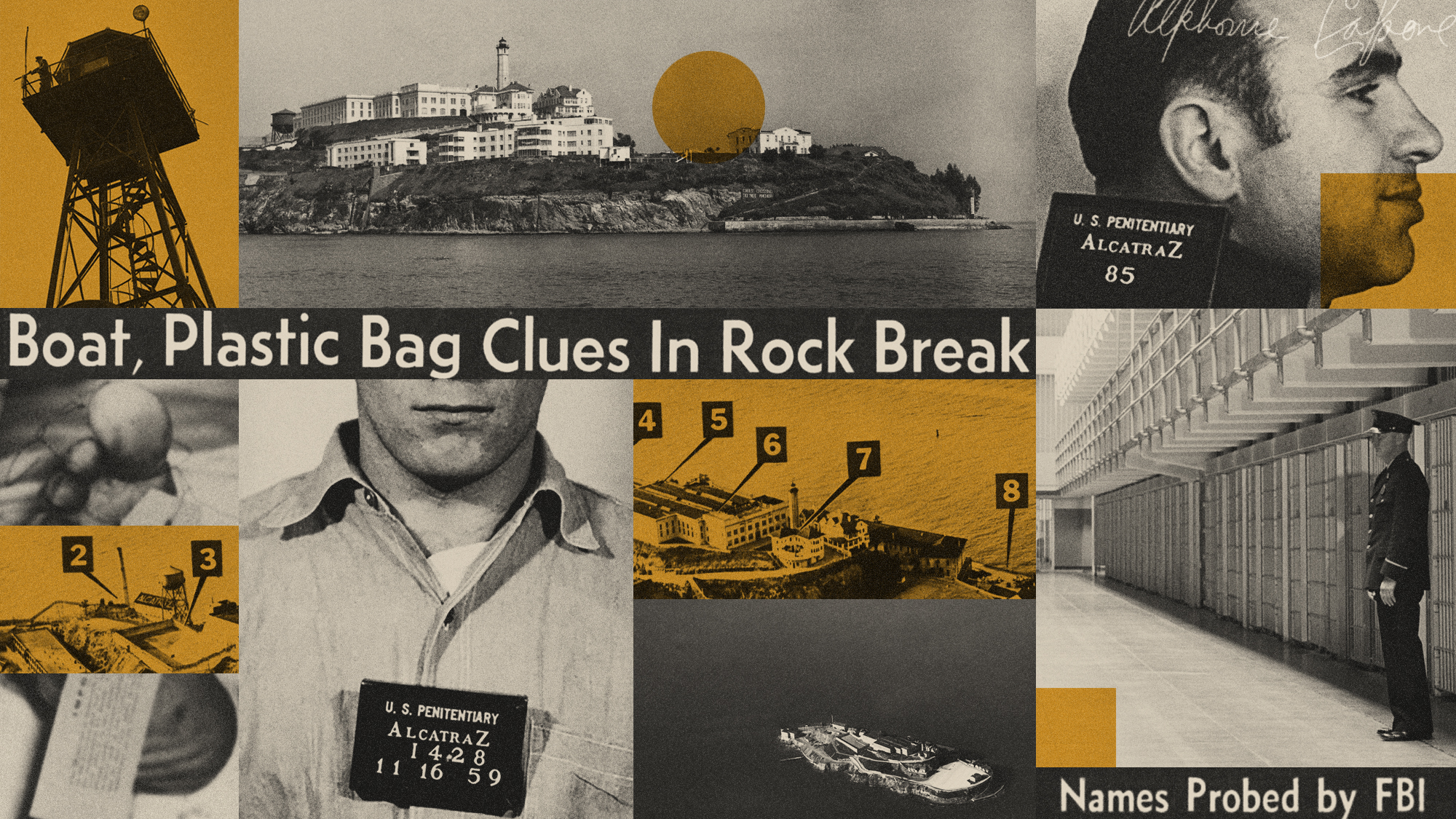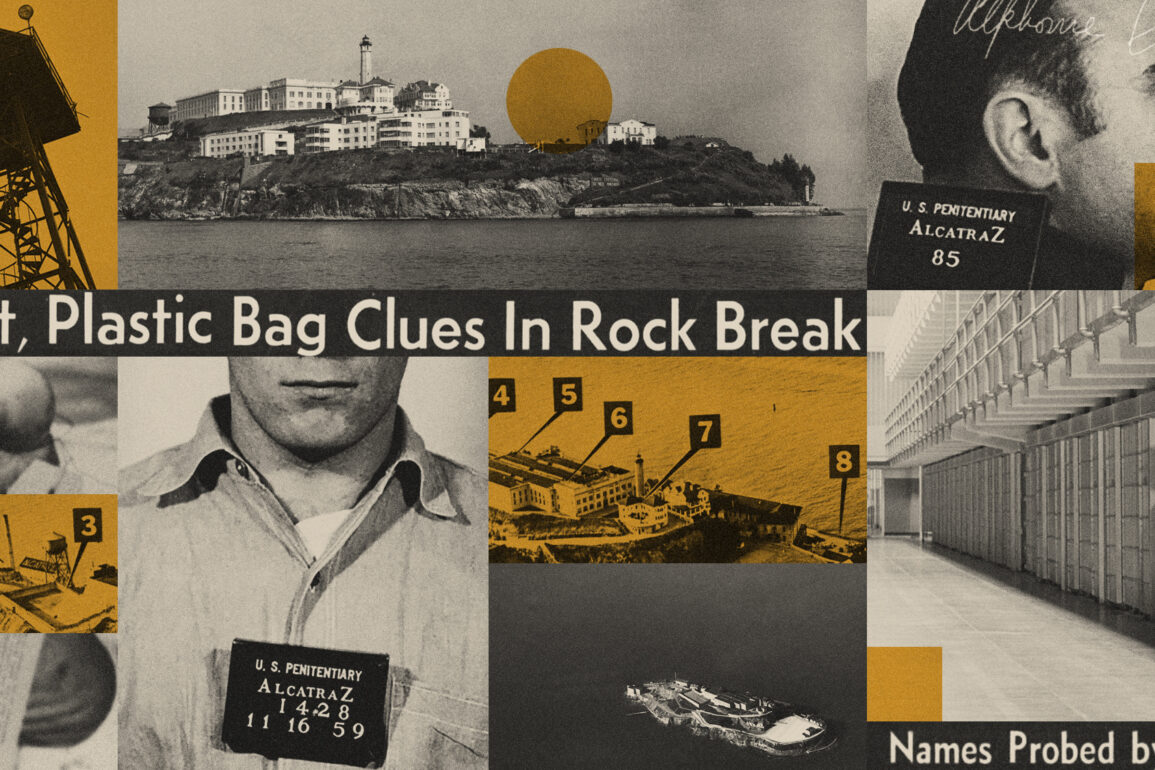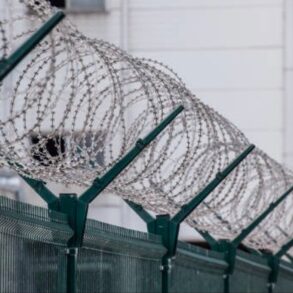Donald Trump has ordered the re-opening of Alcatraz, the notorious US island prison off the coast of San Francisco that was closed down over 60 years ago.
In a post on Truth Social, the US president said he was tasking the Federal Bureau of Prisons, the Department of Justice, the FBI, and the Department of Homeland Security with substantially enlarging and rebuilding Alcatraz “to house America’s most ruthless and violent offenders”.
Why was Alcatraz first built?
Alcatraz Island, which lies 1.25 miles (2km) off the northern shore of San Francisco, has a long history as a place of intimidation and punishment. In the 19th century, a US army fort was built there, along with a military prison. In the 1860s, this prison was used to hold Confederate sympathisers during the American Civil War; in the 1890s, it held men from the Hopi nation who opposed the US government’s forced assimilation programme, and in 1917-8, it held conscientious objectors to the First World War.
Subscribe to The Week
Escape your echo chamber. Get the facts behind the news, plus analysis from multiple perspectives.
SUBSCRIBE & SAVE
Sign up for The Week’s Free Newsletters
From our morning news briefing to a weekly Good News Newsletter, get the best of The Week delivered directly to your inbox.
From our morning news briefing to a weekly Good News Newsletter, get the best of The Week delivered directly to your inbox.
In 1933, the Department of Justice took over the island and opened a maximum-security, minimum-privilege penitentiary there a year later. It was specially designed for difficult or dangerous inmates that other prisons couldn’t contain or control. Its isolated, and supposedly escape-proof, position quickly earned it the nicknames “Devil’s Island” and “The Rock”.
Life within its walls was notoriously harsh. “Prisoners at Alcatraz had four rights: food, clothing, shelter, and medical care,” said CNN. “All other privileges, including visits from family or access to books, art supplies and music, had to be earned.”
Who was imprisoned there?
Alcatraz only ever housed about 275 prisoners at a time but many of them were high-profile criminal figures – including Chicago mob boss Al Capone, and gangsters George “Machine Gun” Kelly, James “Whitey” Bulger, Alvin “Creepy” Karpis and Arthur “Doc” Barker. Perhaps its most well-known inmate was Robert Stroud, the so-called “Birdman of Alcatraz” (he got his nickname because of his interest in ornithology).
Over the years, 36 men tried to escape: 23 were caught, six were killed and two drowned. Officially, no one has successfully escaped: the five unaccounted-for escapees remain listed as “missing and presumed drowned”.
Why did it close?
In 1963, the maximum-security prison was closed “because the institution was too expensive to continue operating”, according to the Federal Bureau of Prisons.
The buildings were deteriorating and the island’s isolation – all supplies, including food, water, fuel and medicine, had to be brought in by barge – meant the prison cost three times more to run than other federal prisons.
But the time it closed, the legend of Alcatraz had already outgrown its small size, said NPR. “In movies and on TV, Alcatraz gained a mythical air” and “was depicted as being full of the country’s worst criminals, offering harsh conditions and virtually no hope of escape, surrounded by cold and treacherous waters”.
The site handed was over to the National Park Service in 1972, and it opened to the public a year later.
Is it feasible to reopen Alcatraz?
Trump “does have the authority to direct agencies to transfer responsibility of Alcatraz back to the Bureau of Prisons under the Department of Justice”, said NBC. But “bringing the facility up to modern-day standards would require massive investments” at a time when there has been widespread “shuttering” of prisons “for similar infrastructure issues”.
Those infrastructure challenges are pretty stark. “My reaction was two words: water and sewage,” Alcatraz historian Jolene Babyak told NPR. There is no water source on the island and, in the days of the old prison, “all the sewage was dumped in the bay. So that is a problem.”
It’s no surprise that there’s been pushback on Trump’s plans. Former House Speaker Nancy Pelosi, a California Democrat whose district includes Alcatraz Island, posted on X that “the President’s proposal is not a serious one”.
This post was originally published on this site be sure to check out more of their content.










